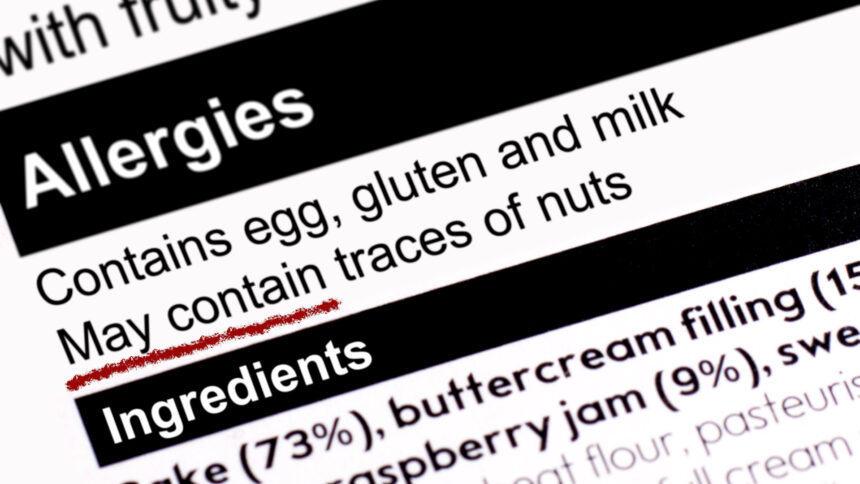Food allergies can present a significant challenge for individuals managing chronic health conditions such as arthritis. For these individuals, navigating food products without clear and accurate labels can not only risk allergic reactions but also exacerbate existing symptoms. Thankfully, food allergy labels are here to guide consumers, facilitate safe choices, and prevent unnecessary health complications. The impact of food allergy labels extends beyond simply managing allergies. For arthritis patients in particular, these labels can play a pivotal role in supporting their overall health and well-being.
Why Should Arthritis Patients Read Labels?
For individuals with arthritis, nutrition plays a role in managing symptoms. Certain foods have been linked to promoting inflammation, which can exacerbate pain and stiffness. For instance, processed foods, refined sugars, and certain food additives are common culprits. By reading food labels, arthritis patients can identify and avoid these potential problem ingredients in their daily diet.
Food labels are also needed for identifying hidden allergens that can further compromise the immune system. While some arthritis patients may not have a diagnosed food allergy, certain foods can still cause sensitivity and inflammation, similar to the triggers of an allergic reaction. Consuming the wrong foods might not only lead to allergic symptoms but could also trigger an inflammatory response that exacerbates arthritis discomfort. Understanding the value of food labels can make a difference. They help decipher ingredient lists, identify allergens, and empower individuals to make informed decisions that align with their health needs.
Can Allergies Trigger Arthritis Symptoms?
What many may not realize is that allergies can potentially exacerbate arthritis symptoms. Allergic reactions activate the immune system, which may inadvertently exacerbate inflammation throughout the body, including the joints. For certain individuals, food allergies and intolerances can create a cycle of discomfort.
Even those without overt allergic reactions may find that certain foods “flare up” their arthritis symptoms. This interaction underscores the significance of accurate food labeling in managing both allergies and arthritis. When allergy triggers are avoided, the immune system can focus on regulating inflammation more effectively, reducing the potential overlap of allergy and arthritis-related flare-ups.
How Can Labeling Improve Outcomes?
Clear and reliable food allergy labels can be a game-changer for consumers. Especially those managing both allergies and chronic conditions, such as arthritis. Here’s how these labels improve outcomes:
- Educated Choices: Labels help consumers identify allergens and avoid harmful ingredients that could trigger immune responses or aggravate arthritis symptoms.
- Reduction of Risk: Clear labeling minimizes the chance of accidental exposure to allergens, preventing severe allergic reactions.
- Promotes Healthier Habits: By studying labels, individuals can become more mindful of their food choices, potentially selecting foods that are anti-inflammatory and support joint health.
- Ease for Caregivers: For individuals with arthritis who rely on caregivers, precise labels simplify meal planning and support safe eating for their loved ones.
With food labels that meet high standards, consumers can confidently choose products that are safe, healthy, and tailored to their specific health needs.
Consult a Specialist
If you’re managing arthritis and food allergies, work with a healthcare professional, such as an allergist or rheumatologist, to create a comprehensive plan for your dietary needs. An expert can help identify possible allergens and guide you on how to avoid ingredients that could worsen your symptoms or trigger inflammation. Schedule an appointment today to gain the clarity and support you need!









